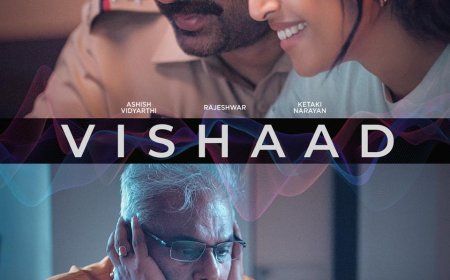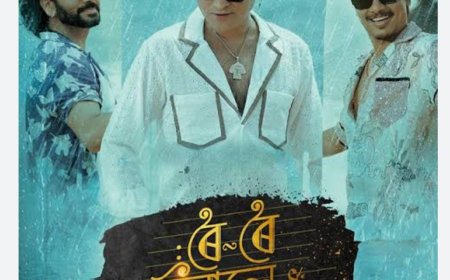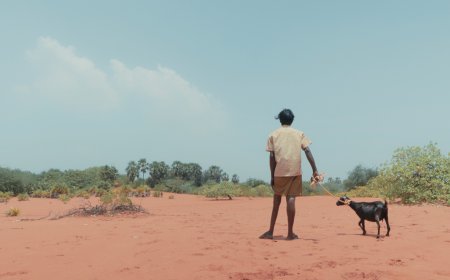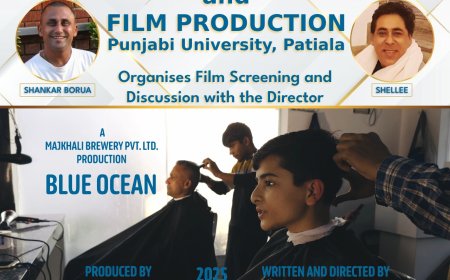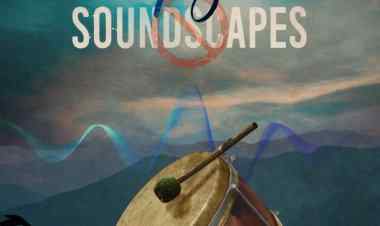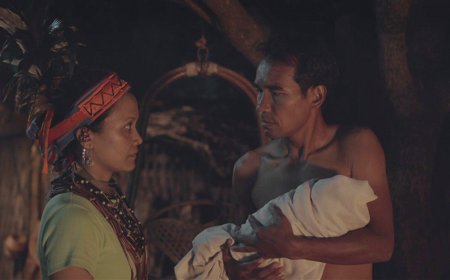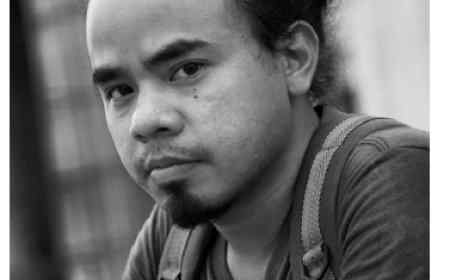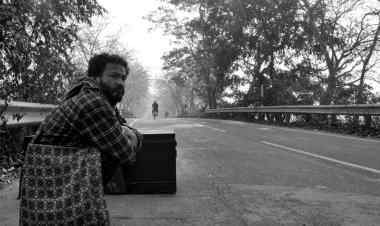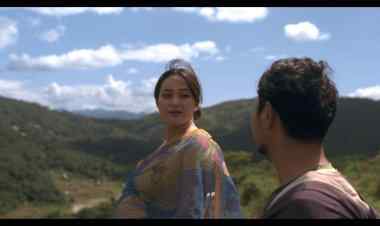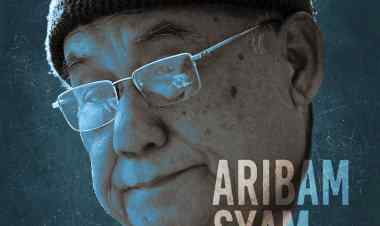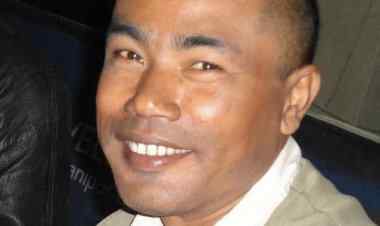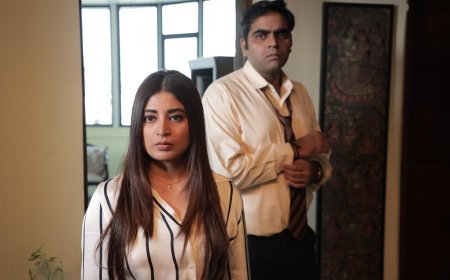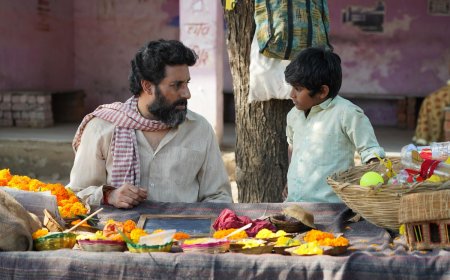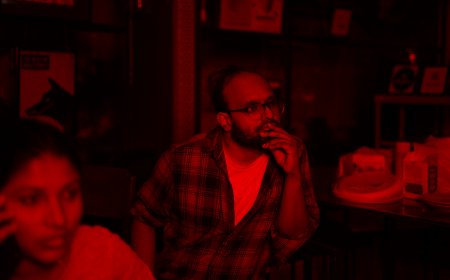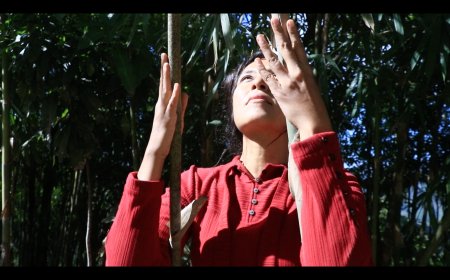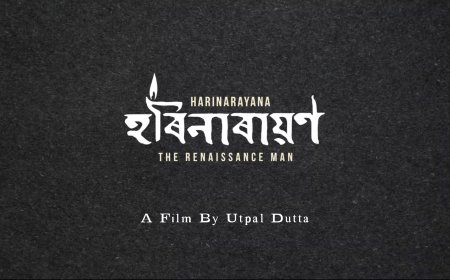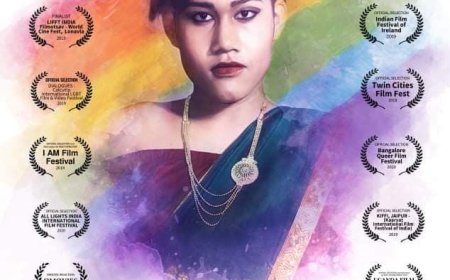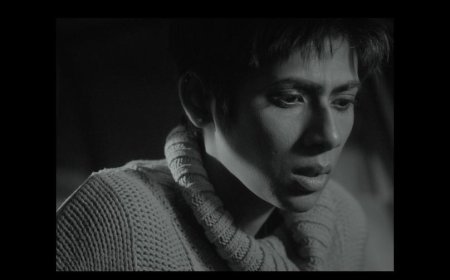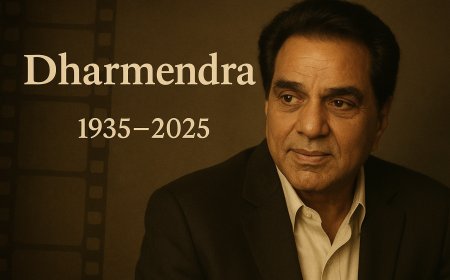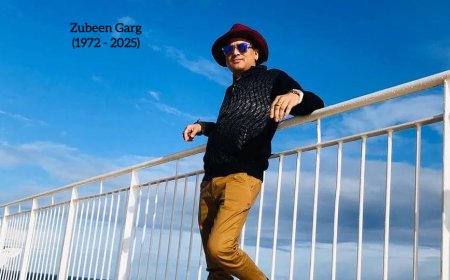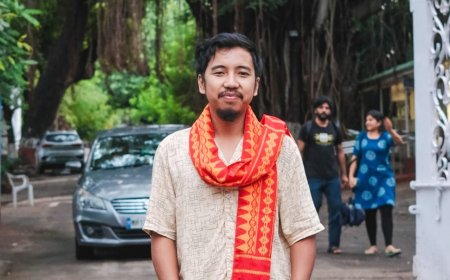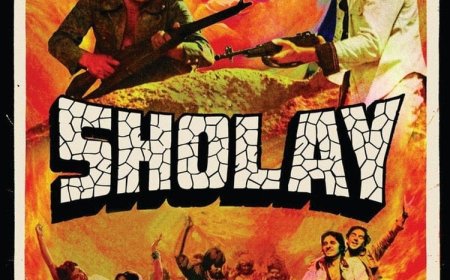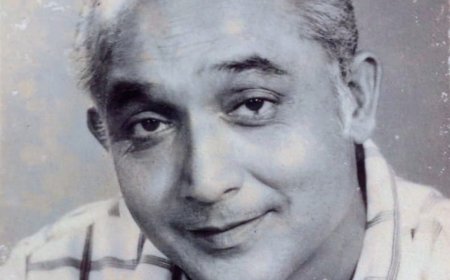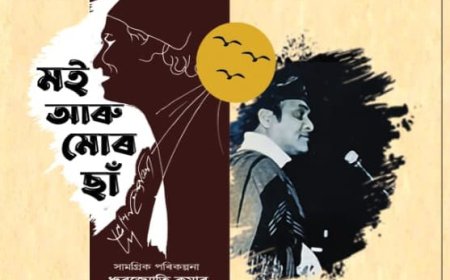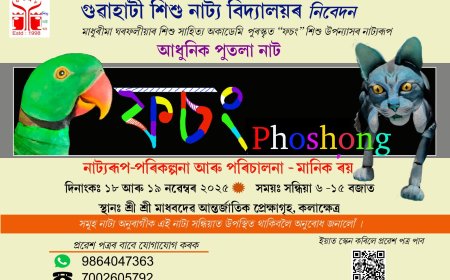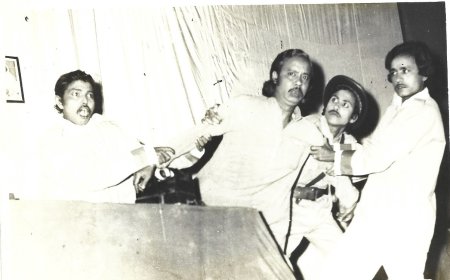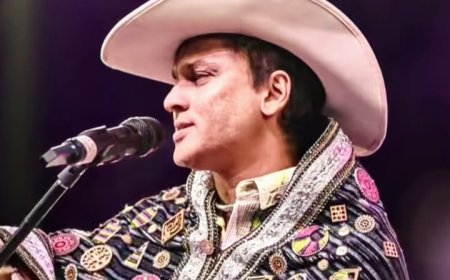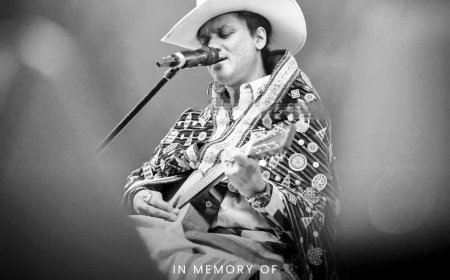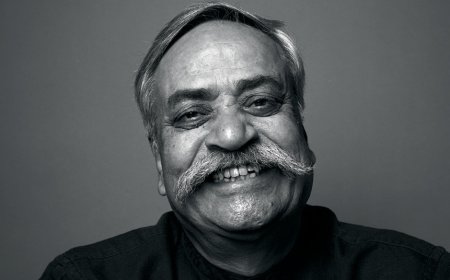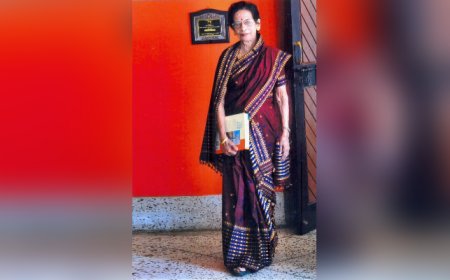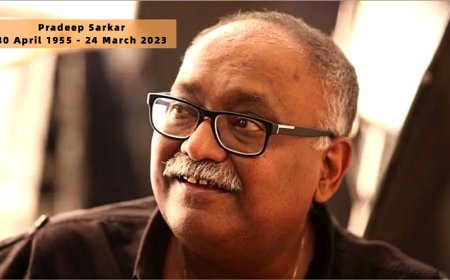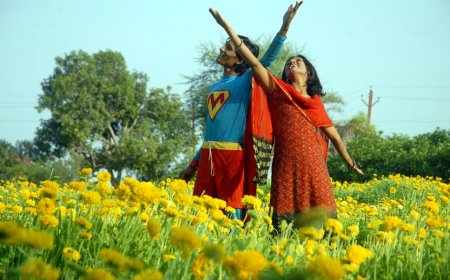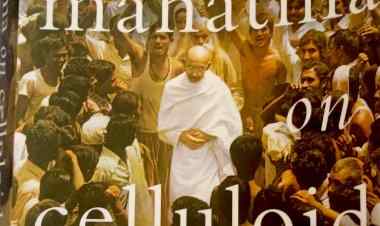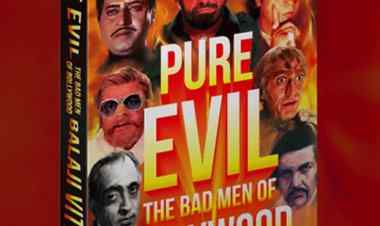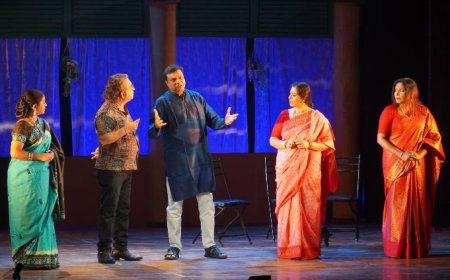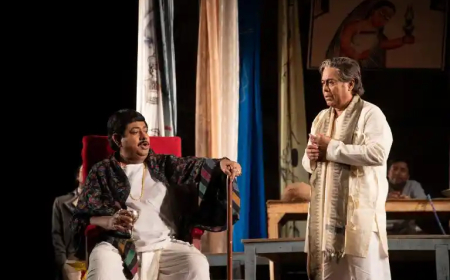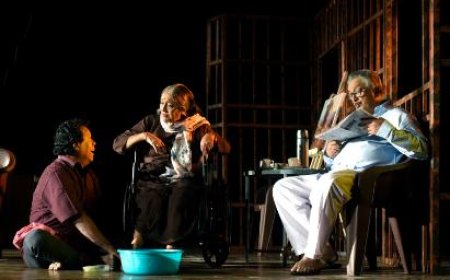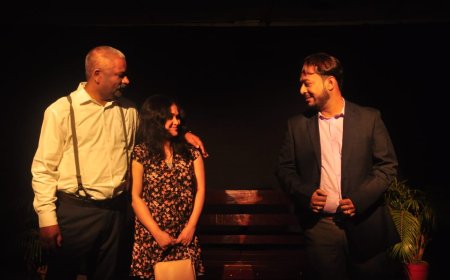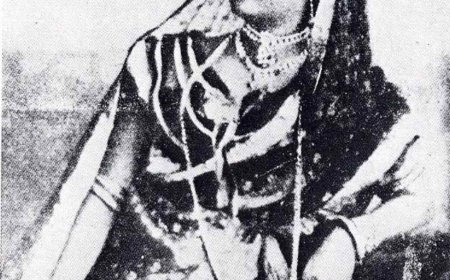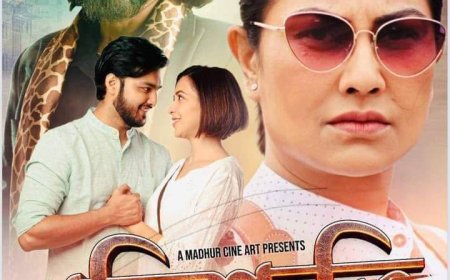Interview: Pranami Koch
Dipankar Sarkar provides a interview with Pranami Koch on her documentary Boi Thaka.
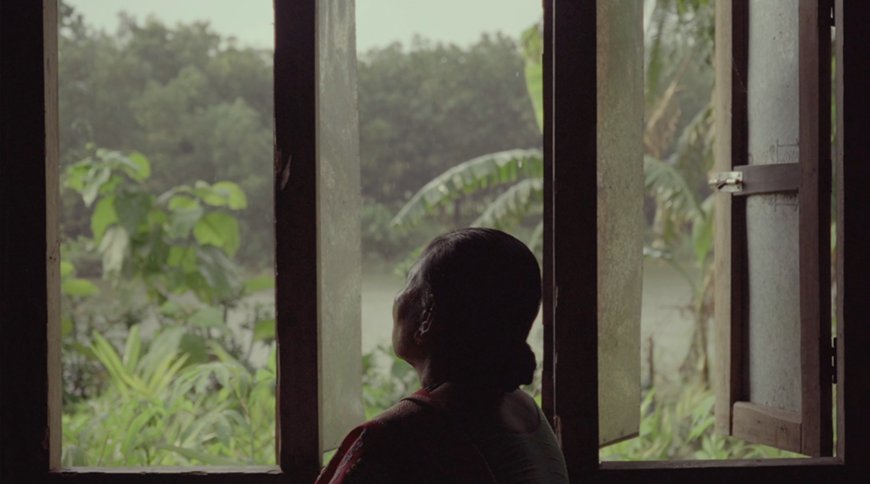
Pranami Koch’s documentary Boi Thaka delves into the issue of witch-hunting in India, a topic he was drawn to during the COVID-19 pandemic. Using a found diary as a key narrative element, the film blends still images, live-action footage, and voice-overs to explore the complex history and present-day impact of the social issue.
In this interview, she reflects on how his education at the National Institute of Design (NID) in Ahmedabad shaped her approach to filmmaking, and about the challenges of working with a small crew and the emotional toll of documenting traumatic stories with a thoughtful and nuanced approach.
How did the National Institute of Design, Ahmedabad, shape your understanding of filmmaking?
I came into NID with a strong interest in the liberal arts and a passion for the visual medium. I was also writing a bit at the time. Learning Photography Design just fueled my curiosity, as it mixed theory, research, and technical capability. The experimentation openness at NID, particularly our discipline head and my mentor Amarnath, helped me experiment with various media. I tried editing a film and felt very liberated. It was a way in which I could express, evoke, and provoke that a photograph by itself could not.
On another note, I feel that leading institutions such as NID ought to strive to be more accessible and inclusive by making their fee structure considerably lower. This would make education there possible for students belonging to varied and particularly marginalized sections.
Boi Thaka emerges from a found diary and unearths hidden histories. What was the initial spark for the story? Was it the diary itself, or were you already drawn to the subject of witch-hunting?
I have been fascinated by the persisting belief in witches and wanted to delve deeper into it. In the context of the COVID-19 pandemic, when cases of witch-hunting increased, I felt the need to research the problem, particularly as it disproportionately impacts women. My inquiry, informed by themes of gender and indigeneity, took place for a year using both primary and secondary materials. I began to film during that time, but encountered the diary afterwards. It affected me deeply, and I knew it had the potential to influence the film's narrative in a personal manner.
Still images, live-action, and voice-overs form the structure of the film. How did you arrive at this being the best way to tell the story?
I realized early on that I didn't want to use the traditional talking head style. Early on, I was more concerned with research than the production of a film, but as my area of study was visual communication design, I found myself naturally recording through both photography and video. The experimentation came alive in the edit—my favorite place to play and get creative. It was while editing that the balance between this medium found its meaning and rhythm.
Witch-hunting is a deeply entrenched social issue in parts of India. Did you face any challenges—logistical, political, or emotional—while making the film?
Yes. On location, I had to be very cautious with my methodology—not just in terms of security but also in making sure that the film did not demonize people. If we trivialize witch-hunting as simply a criminal activity, we can miss its very deeply entrenched social formations. Meanwhile, I also had to avoid drawing the wrong kind of attention when making the film.
Emotionally, it was difficult to hear these traumatic accounts, but that's nothing in comparison to what the women who have endured this violence have experienced. Working with that burden was its challenge.
Logistically, operating with a very small team—only Shrutiman and me—meant that we performed several roles: directing, producing, cinematography, sound, even driving ourselves to out-of-the-way locations. Though it did afford us a certain creative liberty, it was also physically draining. The inadequacy of film support for independent documentaries in India is a major challenge, and I think something that has to be changed.
The film explores the archival of trauma, with the act of filming itself serving as a form of archiving. Did you see your role as a filmmaker as akin to that of an archivist or historian?
Not initially. But as I continued further into the process, particularly in the edit, I began confronting these questions. What does recording a story mean? How much of an influence do I have on how it is constructed? Although I don't think I can exactly call myself a historian, history, by its very nature, is comprised of many such shards—including Boi Thaka.
What do you hope audiences take away from this film, not just about the past, but about the present?
I don't want to mandate a certain takeaway. I prefer to keep it open to how the audience takes it away in their terms. If the audience is viewing and responding to the film, then that's okay by me.
*****
What's Your Reaction?







